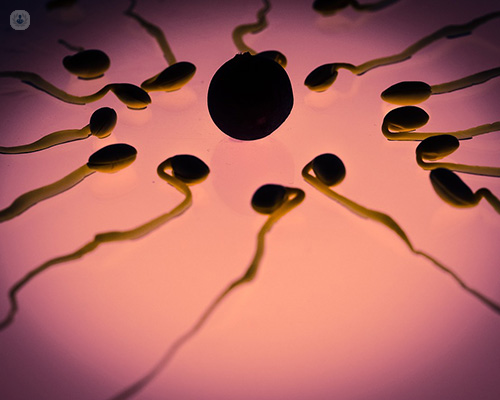

What is ovarian stimulation?
Ovarian stimulation is a treatment used before other assisted conception procedures to both induce ovulation and to increase the number of eggs released. This can increase the chances of a pregnancy happening. Ovarian stimulation can be done either with medications, or it can be done using injections. Ovarian insemination may precede artificial insemination or in vitro fertilisation (IVF).

Why is it done?
Ovarian stimulation is performed to increase the number of eggs released in ovulation. If done before artificial insemination, this increases the chances of the inseminated sperm of reaching the fallopian tube and fertilising an egg. It is done before IVF so that more than one egg is retrieved during egg retrieval. This allows more than one egg to be mixed with semen in a laboratory setting to increase the chances of a viable embryo forming for transferring.
What does ovarian stimulation consist of?
The treatment consists of putting an injection of follicle stimulating hormone (FSH) and/or luteinising hormone (LH), given usually 8-10 days after the end of the last period. The goal is to help the ovaries produce one or more eggs for release. Ovarian stimulation may also consist of taking medication orally instead. Once ovulation occurs and one or more eggs are released, either egg retrieval for IVF can take place, or artificial insemination can be carried out.
Are there any risks?
Ovarian stimulation does run the risk of ovarian hyperstimulation syndrome occurring (OHSS) where the ovaries become painful and swollen. This is more common when ovarian stimulation is being performed with injected hormones. Symptoms of OHSS can include nausea, vomiting, tenderness around the ovaries and abdominal pain.
